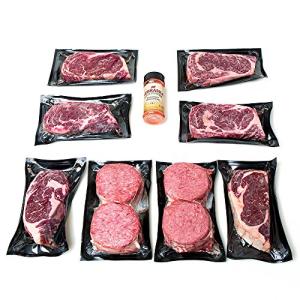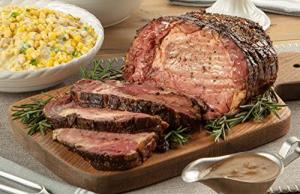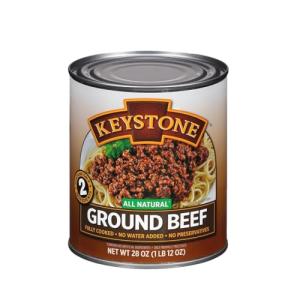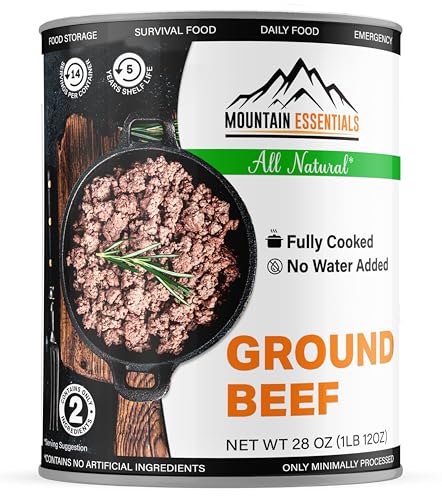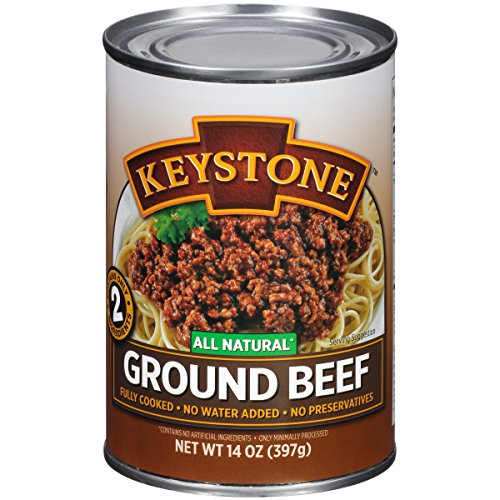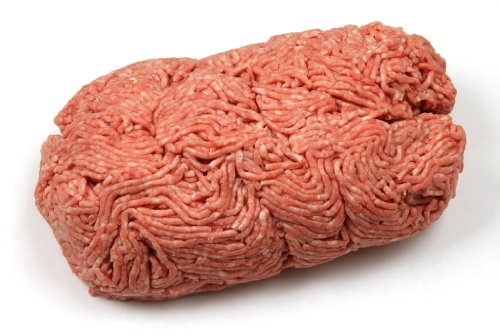If you’re curious about the difference between grass-fed and grain-fed beef, let’s dive into the awesome benefits of grass-fed beef. First off, it’s packed with nutrients. Grass-fed cows munch on grass and forage, which means their meat is generally richer in omega-3 fatty acids and vitamins like A and E. These nutrients are fantastic for your heart and overall health.
Another great thing about grass-fed beef is the taste. Many people say it has a richer, more robust flavor compared to grain-fed beef. This comes from the cows’ natural diet. You can expect a bit of a grassier, earthy taste that pairs beautifully with various seasonings and sides. If you’re a foodie, this could be a game changer for your meals!
Don’t forget about the environmental impact. Grass-fed beef is usually seen as a more sustainable option. Cows raised on pasture can have a lower carbon footprint. They contribute to healthy soil and promote biodiversity. If you're someone who cares about the planet, going for grass-fed beef might feel like the right choice for you.
Lastly, let’s talk about animal welfare. Grass-fed beef comes from cows that lead healthier, happier lives on open pastures. These animals have the freedom to roam and graze, which is what they were born to do. Knowing where your beef comes from can make a big difference in how you feel about your meal.
Grain-Fed Beef Explained in Simple Terms
Let’s break down grain-fed beef in simple terms. When you hear "grain-fed," think of cows that munch on a diet of grains like corn and soy. Instead of roaming open pastures munching on grass, these cows are typically raised in feedlots where they get a steady diet to help them gain weight quickly. This method is popular among farmers because it speeds up the beef production process and keeps costs down.
One of the biggest differences between grass-fed and grain-fed beef is the taste and texture. Grain-fed beef often has a rich, buttery flavor and tends to be more tender. This is because the diet high in carbohydrates gives the meat a higher fat content, making it juicier. If you prefer a sweeter and more refined taste, grain-fed beef might be your go-to choice.
Nutritionally, there’s a twist. Grain-fed beef usually has a different fatty acid profile compared to grass-fed. It can be higher in omega-6 fatty acids and lower in omega-3s. So if you’re watching your nutrition or looking for specific health benefits, that might influence your choice when thinking about the difference between grass-fed and grain-fed beef.
Many people enjoy grain-fed beef for its consistent flavor and tenderness, especially in steaks and burgers. It’s widely available and often less pricey than grass-fed options. If you are cooking for a crowd, having some good-quality grain-fed beef can make meal prep super simple without sacrificing taste. Just keep in mind what you’re looking for in flavor and nutrition when deciding between these two types of beef.
Nebraska Star Beef Ribeye and Burger Combo
Savor the juicy flavors of tender ribeye steaks and delicious burgers, perfect for your next barbecue or family dinner
Product information
$299.99
Product Review Score
4.29 out of 5 stars
157 reviewsProduct links
Taste Comparison Between Both Beef Types
When it comes to beef, taste is usually at the top of everyone’s list. The difference between grass-fed and grain-fed beef isn’t just about how they're raised; it also affects how they taste. Grass-fed beef offers a distinct flavor profile that many describe as more robust and earthy. Some even say it has a slight sweetness that really sets it apart.
On the flip side, grain-fed beef tends to be milder and more buttery. This is thanks to the higher fat content, which gives it that classic juicy burger vibe we all love. If you’re looking for something that melts in your mouth, you might lean toward grain-fed. But if you want an authentic, bold taste experience, grass-fed beef could be your go-to choice.
Texture also plays a role in the taste comparison. Grass-fed beef is often a bit leaner, which can lead to a firmer texture. It may take a few more cooking skills to get it just right, but many swear by the flavor payoff. Grain-fed beef, being more marbled, tends to be softer and easier to cook, giving you that tender bite right off the grill.
Choosing between these two types of beef really comes down to your taste preferences. Whether you are in the mood for that grassy, rich flavor or the buttery smoothness, you won't go wrong. Understanding the difference between grass-fed and grain-fed beef helps you make the best choice for your next meal, whatever the occasion might be.
Gourmet Cooked Beef Prime Rib Roast Duo
Indulge in tender, juicy prime rib roasts that are ready to impress at your next gathering
Product information
$260.00
Product Review Score
4.21 out of 5 stars
157 reviewsProduct links
The Nutritional Edge of Grass-Fed Beef
When it comes to beef, the choice between grass-fed and grain-fed can make a big difference in your diet. Grass-fed beef comes from animals that live on pasture and eat natural grasses, and this affects not just the flavor but also the nutrition packed in each bite. Many people are curious about the nutritional edge that grass-fed beef provides. Let's break it down!
First off, grass-fed beef tends to be leaner than grain-fed options. This means you get less fat on your plate, which is great if you're watching your calorie intake. Leaner cuts can still be juicy and flavorful, especially when cooked right. Plus, with less fat, you can enjoy beef without feeling guilty.
Another benefit is the higher omega-3 fatty acid content in grass-fed beef. These healthy fats are essential for heart health and have anti-inflammatory properties. Studies show that grass-fed beef can have up to three times as much omega-3 compared to grain-fed. So, if you care about your health, this is a major perk!
Don’t forget about the vitamins and minerals! Grass-fed beef is richer in important nutrients like vitamin E and beta-carotene. These antioxidants can help protect against cell damage and support overall health. If you're looking for beef that offers better nutrient density, grass-fed is definitely the way to go.
All these factors are part of the difference between grass-fed and grain-fed beef. If you want to boost your meals with better nutrition while savoring the rich taste of beef, choosing grass-fed is an easy win. Just remember, not all beef is created equal, so choose wisely!
